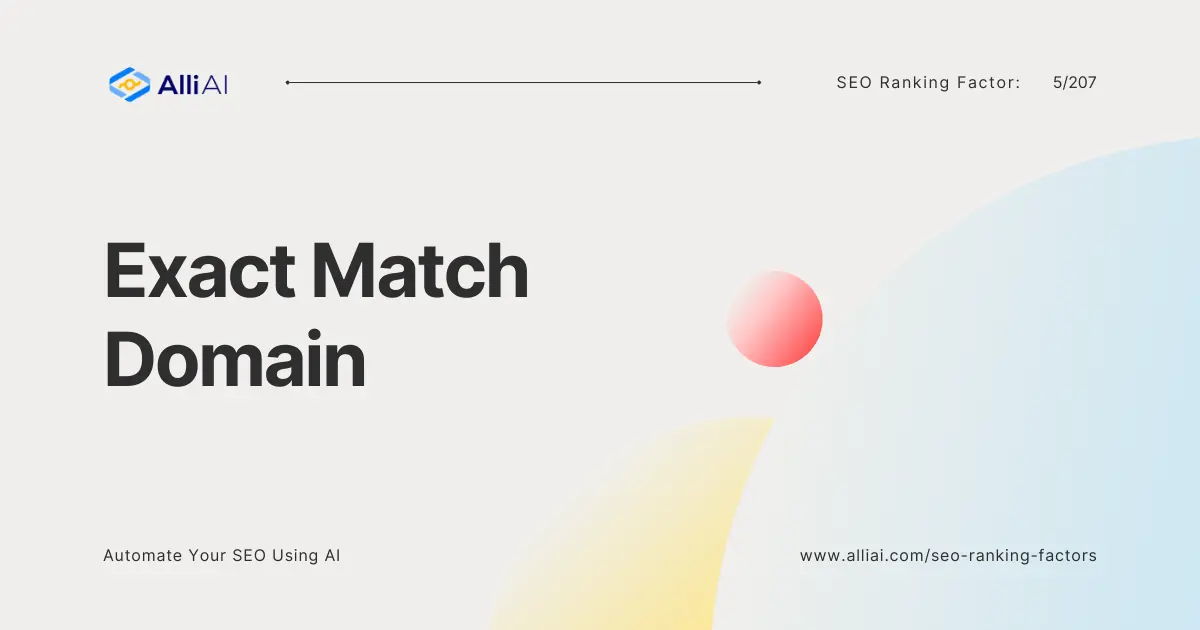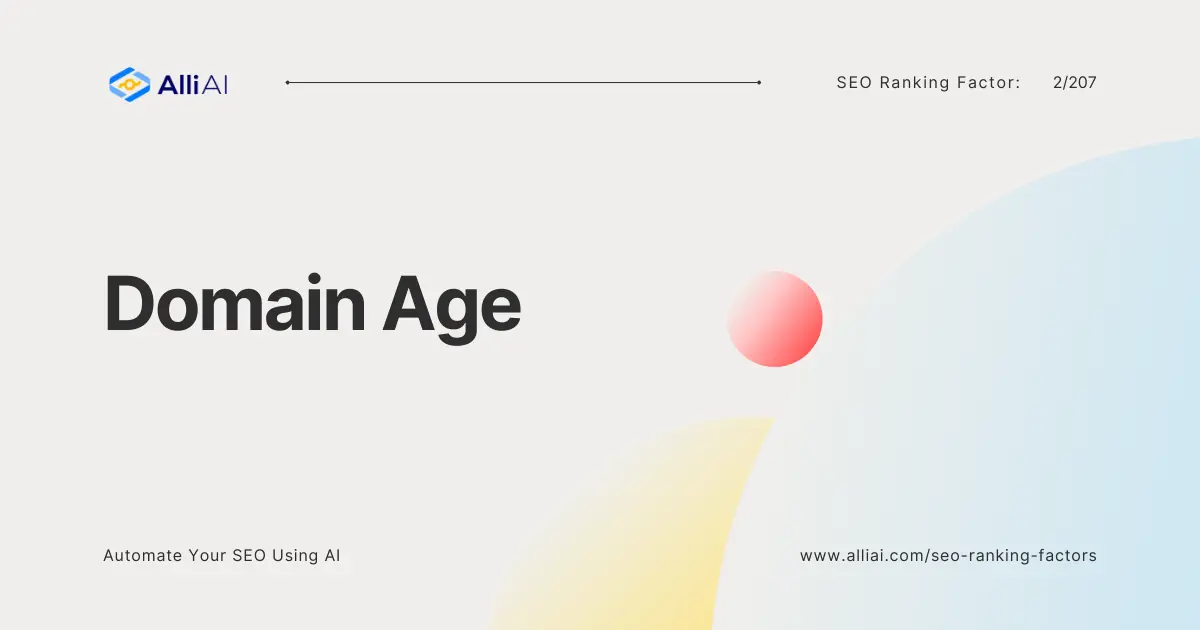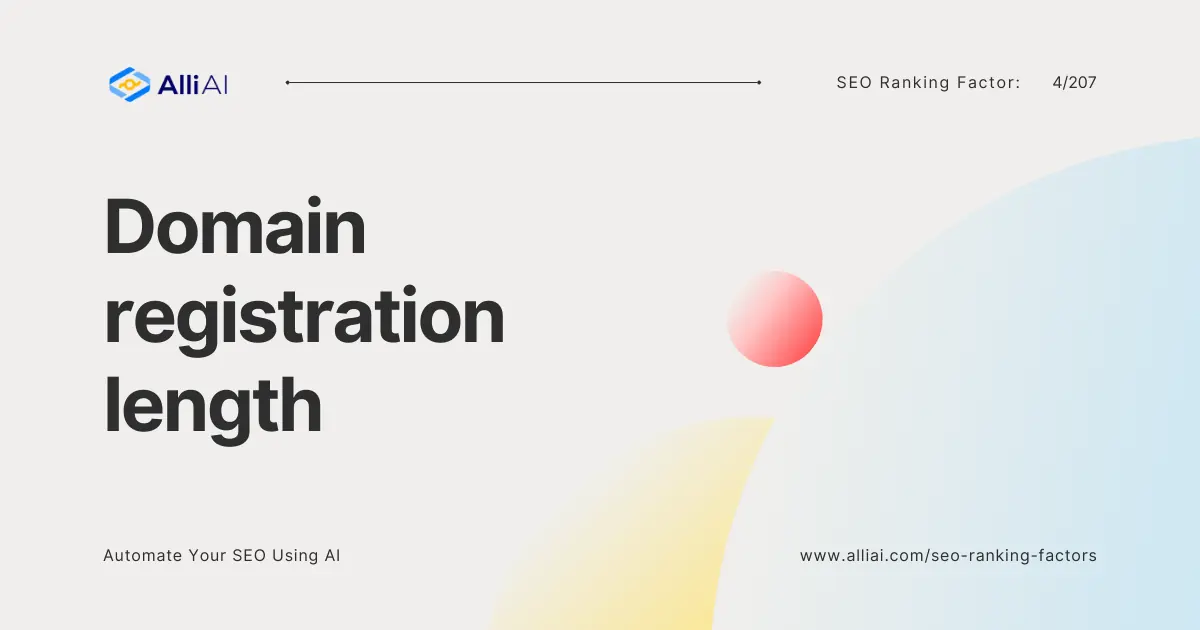Explanation of Big Brand Preference
Imagine walking into a supermarket in search of chocolate. Faced with numerous options, you’re more likely to reach for a familiar brand, perhaps one you’ve enjoyed before or have seen advertised. This is brand preference in action—translating into the digital world, search engines, particularly Google, also display a form of brand preference. This doesn’t mean they simply favor big brands over small ones. Instead, large brands often exhibit strong signals that search engines value: trust, authority, and quality, thus inadvertently earning Google’s “preference.”
Why is Big Brand Preference Important in SEO?
Understanding the importance of big brand preference in SEO comes down to recognizing how search engines aim to serve their users. Google’s primary goal is to provide searchers with the most relevant, authoritative, and satisfying results. Big brands often have the advantage of high levels of user trust, comprehensive content, and strong domain authority. These facets contribute significantly to SEO because they align with what search engines want to showcase.
How Big Brand Preference Affects SEO
– Studies suggest that brand recognition can lead to a higher click-through rate (CTR). For instance, a recognizable brand appearing in search results is more likely to be clicked on than an unknown entity. – According to Google’s Search Quality Evaluator Guidelines, the concept of E-A-T (Expertise, Authoritativeness, Trustworthiness) is crucial in evaluating content quality. Big brands typically score high in these areas due to their established presence and credibility.
– A report by Moz indicates that domains with a strong brand presence and associated keywords see an uptick in rankings across various search engines.
FAQ
How can smaller brands compete with big brand preference in SEO?
Smaller brands can focus on niche targeting, creating high-quality, unique content, and establishing strong community engagement. Leveraging local SEO and building a loyal customer base can also amplify their online presence.
Does big brand preference negate the importance of traditional SEO practices?
Absolutely not. While big brand preference is a significant factor, traditional SEO practices like keyword optimization, mobile-friendliness, site speed, and quality backlinking remain pivotal. Big brand preference complements rather than replaces these strategies.
How can a brand measure the impact of big brand preference on its SEO efforts?
Brands can track metrics such as organic search rankings for branded vs. non-branded keywords, changes in CTR for branded searches, and overall organic traffic growth. Tools like Google Analytics and SEMrush offer insights into how these metrics evolve over time.
Conclusion
The concept of big brand preference within SEO underscores the multifaceted nature of digital marketing. Understanding how and why search engines may show a tilt towards established brands enables businesses to tailor their strategies accordingly. For small to medium enterprises, this means acknowledging the challenge and harnessing their unique strengths to carve out a space in the competitive digital landscape. It’s not solely about battling for visibility against the giants but about playing to one’s strengths—quality, uniqueness, and engagement—to foster organic growth and sustain long-term brand loyalty. In the ever-evolving realm of SEO, acknowledging the nuances of how search engines operate opens up avenues for innovative and effective strategies.






